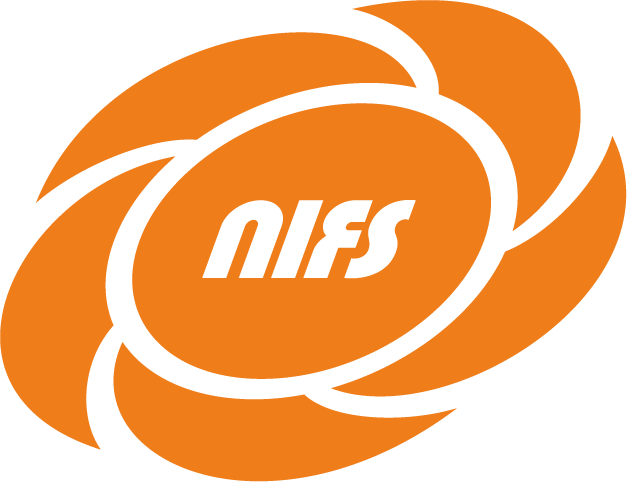Description
Efficient non-inductive start-up of a spherical tokamak may be achieved by using lower-hybrid waves that have high current drive efficiency. On the TST-2 spherical tokamak, three lower-hybrid launchers are installed at the outer-midplane, top and outer-off-midplane to explore efficient start-up scenarios. Plasma current ramp-up up to 26 kA has been achieved so far, which is about a quarter of the Ohmically driven plasma current. The outer-midplane launch scenario was found to drive current robustly over the course of plasma current ramp-up due to the absorption that relied on the toroidal up-shift of the parallel wavenumber. The top launch scenario was more efficient above certain plasma current due to up-shift of the poloidal wavenumber, and achieved the maximum plasma current on TST-2. However, x-ray radiation measurement indicated there was substantial orbit loss of fast electrons that may be limiting the maximum driven current. The off-midplane launcher was developed to achieve robust current drive as well as minimal fast electron losses. The off-midplane launcher driven plasma had higher electron temperature with modest x-ray radiation compared to the previous two launchers, qualitatively in agreement with the theoretical predictions. The coupled power was limited, however, which limited the driven plasma current. New limiters were installed to reduce antenna-plasma interactions and increase the power handling capability of the off-midplane launcher.
